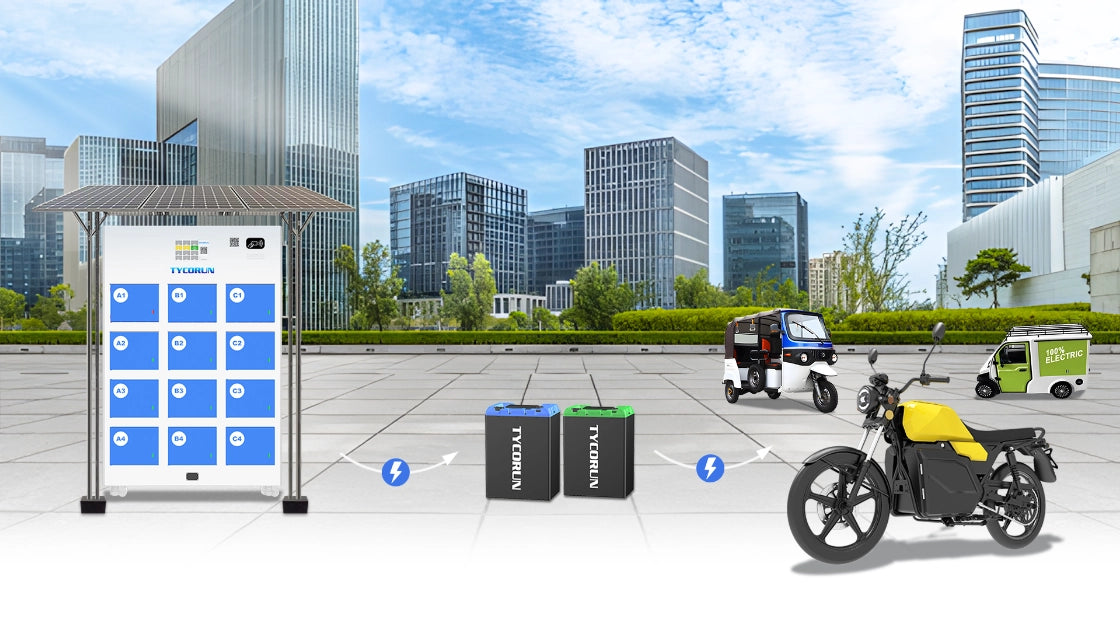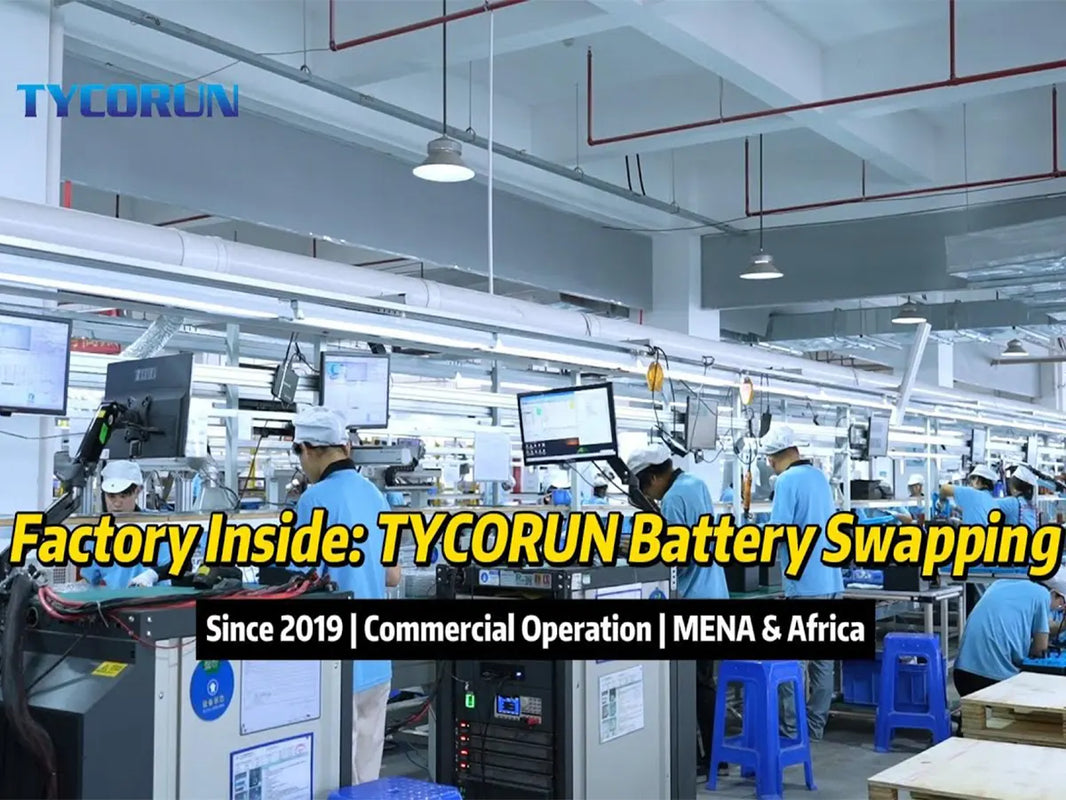
Main content:
Electric bikes (e-bikes) are becoming increasingly popular worldwide as commuters and enthusiasts alike search for eco-friendly and efficient alternatives to traditional transportation. One of the most common debates in the e-bike world centers around the choice of motor: Mid drive motor vs hub motor. Both systems have their own strengths, weaknesses, and ideal use cases. But when it comes to performance, efficiency, and riding experience, which one comes out on top?
In this article, we'll dive deep into the technical details, real-world performance, advantages, and disadvantages of each motor type. By the end, you'll be equipped with the knowledge to decide a mid drive motor vs hub motor that suits your riding style and needs.
The Core Differences: Mid Drive Motor vs Hub Motor
Before comparing performance, it's essential to understand how these two systems are structured and how they deliver power.

What Is a Hub Motor?
A hub motor is integrated directly into the wheel hub, usually in the rear but sometimes in the front wheel. Its design is relatively straightforward, consisting of:
- Stator – with winding coils that create a magnetic field when electricity flows.
- Rotor – usually containing permanent magnets that interact with the stator to produce rotational force.
- Housing – the protective shell that connects to the wheel itself.
- Bearings – supporting smooth wheel rotation.
How it works: when electricity passes through the stator coils, the resulting magnetic interaction with the rotor generates torque, directly spinning the wheel. Since hub motors bypass a traditional transmission system, they are compact, efficient, and relatively easy to maintain.
What Is a Mid Drive Motor?
A mid drive motor, also called a central motor, is mounted at the bottom bracket of the motorcycle frame. Instead of directly spinning the wheel, it sends power to the drivetrain through a chain or belt. Its setup often includes:
- Motor unit – the primary power source.
- Chain or belt drive – transmitting energy to the rear wheel.
- Gears or freewheel – enabling flexible control of torque and speed.
- Crank and sprockets – linking the motor with the drivetrain.
How it works: the motor delivers power to the crank, which turns the chain or belt, and then drives the rear wheel. Because mid drive systems utilize the motorcycle’s gear system, they provide more adaptable torque and speed across different terrains.
Performance Analysis: Mid Drive Motor vs Hub Motor
When comparing mid drive motor vs hub motor, the first thing most riders want to know about is performance. Here’s a breakdown across several key aspects, where these aspects highlight the advantages and disadvantages of mid drive motor vs hub motor.

1. Torque and Hill Climbing Ability
Mid Drive Motor: Because the mid-drive motor uses the bike’s gears, it provides significantly better torque and climbing ability. This makes it perfect for hilly terrain or off-road riding where you need that extra boost on steep inclines.
Hub Motor: Hub motors don't have the advantage of gear reduction, meaning they can struggle on steep hills. While geared hub motors do better than direct-drive versions, they still can’t match mid-drives when it comes to sustained climbing power.
2. Weight Distribution and Handling
Mid Drive Motor: Located in the center of the bike, a mid-drive motor offers excellent weight distribution. This central placement gives the bike a balanced feel, improving handling and stability, especially on technical trails.
Hub Motor: Placing the motor inside the wheel hub can make the bike feel unbalanced, especially if it’s in the front wheel. Rear hub motors are more natural in feel, but they still add extra unsprung weight, which can affect ride smoothness.
3. Speed and Efficiency
Mid Drive Motor: Leveraging the bike's gears allows mid-drive systems to operate more efficiently, especially at varying speeds. You'll notice better battery range when riding on diverse terrain because the motor isn't straining in a single gear.
Hub Motor: Hub motors perform well at steady, flat speeds. They are simpler and efficient on flat urban roads but lose efficiency in varied or hilly terrain since they don’t use gears.
4. Maintenance and Durability
Mid Drive Motor: Since mid-drives put extra stress on the drivetrain, chains and cassettes wear out faster. Replacing these parts is more frequent compared to hub motor bikes. However, mid-drive motors themselves are generally durable.
Hub Motor: Hub motors are known for their low maintenance because they operate independently of the bike's chain and gears. The drivetrain lasts longer, and there’s less stress on mechanical components.
5. Noise Levels
Mid Drive Motor: Mid-drives tend to be a bit noisier due to their connection with the chain and gears, especially under heavy load.
Hub Motor: Hub motors, particularly direct-drive versions, are almost silent. Geared hub motors make some noise but are generally quieter than mid-drives.
6. Cost and Affordability
Mid Drive Motor: These motors are more expensive, both in initial purchase price and in long-term maintenance costs.
Hub Motor: Hub motors are cost-effective and ideal for budget-conscious riders. They dominate the entry-level and mid-range e-bike market.
In Which Situations Does Each Motor Perform Best?
The choice between Mid Drive Motor vs Hub Motor often depends on how and where you plan to ride.

Hub Motors are best for:
- Daily commuting on flat roads.
- Budget-conscious riders.
- Entry-level electric scooters and motorcycles.
- Situations where low maintenance is a priority.
Read Top 10 electric scooters with swappable batteries in the world
Mid Drive Motors are ideal for:
- Mountain trails and off-road riding.
- High-performance electric motorcycles, like the TYCORUN electric motorcycle E67 series, utilize powerful mid drive systems capable of delivering 280 Nm torque, proving their strength for heavy-duty use.
- Riders carrying heavy loads or towing cargo.
- Enthusiasts seeking maximum efficiency and control.
How Can You Choose the Right Motor Based on Your Needs?

When deciding between Mid Drive Motor vs Hub Motor, the choice depends on your riding style, terrain, and budget. Hub motors are great for city commuting and affordability, while mid drives excel on hills, trails, and performance-focused rides.
Choosing the right brand or manufacturer with the best specifications is also a key first step in finding the electric motorcycle that truly fits your needs. That’s why TYCORUN is the right choice—whether you prefer a mid drive motor or hub motor, TYCORUN delivers the best solution, supported by advanced battery swapping technology now widely applied in electric two-wheeler battery swap, three-wheelers, and even electric cars.
What Innovations Are Shaping the Future of These Motors?
The industry isn't standing still. Manufacturers are continually innovating to bridge the gap in the Mid Drive Motor vs Hub Motor competition.
- Liquid-cooled hub motors: Designed to address overheating, these inject coolant to manage temperature and extend motor life.
- Lightweight mid drives: New materials and compact designs are making mid drives more accessible and efficient.
- Hybrid systems: Some experimental designs combine aspects of both hub and mid drive setups for balanced performance.
These advancements suggest that both motor types will continue evolving, offering even more options for consumers.
Conclusion
When evaluating Mid Drive Motor vs Hub Motor, performance can mean different things depending on the rider. For those seeking raw power, superior climbing ability, and precise handling, the mid drive motor is unmatched—making it the go-to choice for off-road adventurers, heavy-duty users, and riders who prioritize efficiency and control.
On the other hand, if affordability, low maintenance, and practical city commuting are top priorities, hub motors remain a smart and reliable option. Ultimately, the decision depends on your riding style, environment, and budget. Both systems have proven their value, and with ongoing innovations, the differences between them may continue to blur. Whether you opt for the straightforward hub motor or the performance-driven mid drive motor, one thing is certain—the future of electric mobility promises an electrifying ride.
FAQ
1. Do hub motors or mid drive motors last longer?
Both can last a long time if maintained properly, but mid drives may require more frequent drivetrain replacements, while hub motors usually wear more slowly.
2. Do mid drive motors drain the battery faster?
Not necessarily. Mid drives are more efficient on varied terrain because they work with the bike’s gears, while hub motors may consume more energy on hills.
3. Which motor type gives better battery efficiency?
On flat city roads, hub motors can be more efficient. On hilly or mixed terrain, mid drives save battery by optimizing gear ratios.
Related Articles: Motorcycle safety tips, Motorcycle helmets, Best motorcycle for women
















